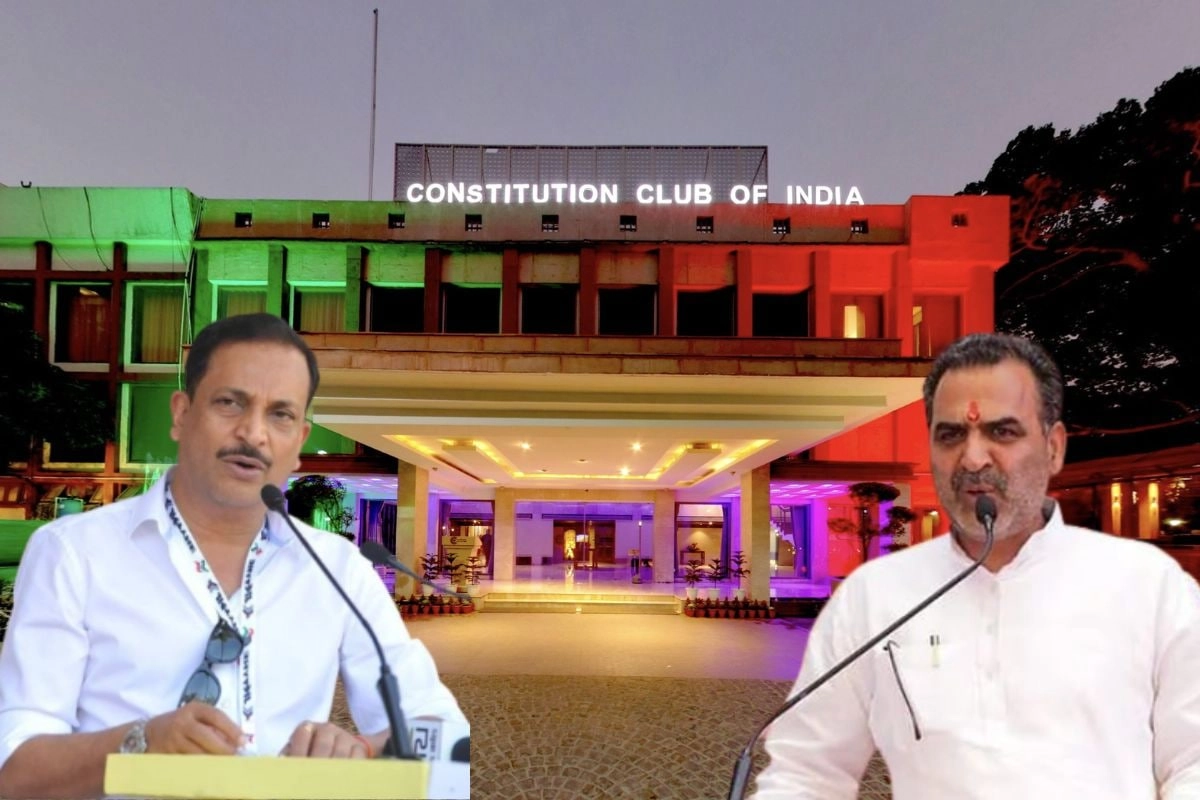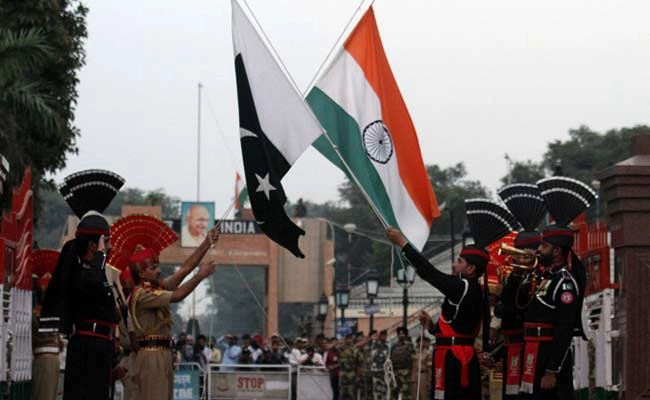The political landscape of India is often shaped by regional identities and historical rivalries, and the recent events surrounding the Constitution Club Poll have brought to the forefront the ongoing tension between two prominent groups: the Rajputs and the Jats. These communities, each with their unique cultural heritage and historical significance, have often found themselves at odds, not just in the realm of local politics but also in the broader narrative of national identity. The Constitution Club, a venue known for political discourse and debate, became the stage for this latest chapter in their ongoing rivalry.
The clash between the Rajputs and Jats is emblematic of deeper social and political dynamics in India. Historically, both groups have played significant roles in shaping the socio-political fabric of their respective regions. Rajputs, often associated with valor and nobility, have a storied history tied to royal lineage and feudal systems. In contrast, the Jats have been recognized for their agrarian roots and have increasingly asserted their presence in contemporary politics. This historical backdrop sets the stage for intense competition, particularly in elections and political appointments, where community loyalty can significantly influence outcomes.
At the Constitution Club, the polls reflected not just a battle for power but also a contest of ideologies and affiliations. The ruling government, often referred to as ‘Sarkar,’ represents a coalition that seeks to maintain its grip on power amidst growing opposition. The opposition parties, drawing support from various communities including the Jats, aim to challenge the established order and advocate for greater representation. The dynamics of this confrontation reveal the complexity of Indian politics, where community identities often dictate political allegiances and rivalries.
As the election unfolds, the implications of these community dynamics become increasingly critical. The Rajput and Jat communities, while distinct in their identities, must navigate a political landscape that requires collaboration and negotiation. The Constitution Club Poll serves as a microcosm of this broader struggle, illustrating how historical grievances and aspirations for political representation can shape the future of governance in India. Ultimately, the outcome of this contest may not only redefine the political power structures within these communities but also influence the trajectory of regional politics in the years to come.




